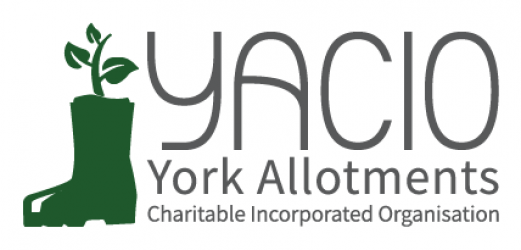The beginning of August marks the festival of Lammas (or Lughnasadh in Celtic), the time of harvest. You will likely already have harvested some crops: have lifted the early potatoes, and maybe the main crop too if the endless damp weeks brought blight to your plot; be regularly picking courgettes and peas, while the broad beans are over and the French and runner beans just starting. And salads should be something you can crop any day of the year with some careful planning. You’ll be making sure winter crops of brassicas and leeks and roots are well protected from their various pests, anticipating harvest still to come. Top fruits like apples and pears are still to come too, while plums and blackberries are just starting to be ripe and ready. It’s also time to prune plums, gages, damsons and cherries – the prunus family; if you delay after September and the equinox (Mabon), then you risk getting silver leaf fungal disease which will eventually destroy the whole tree. So for everything, prune in a timely manner at all times!
This is also traditionally one of the turning points of the year: there’s no denying the shortening days and lengthening nights. Growth is slowing down but we are at a time of abundance, hoping to gather and store and preserve what we can for the coming winter. That abundance may also mean you’re able to share what you can’t use yourself, giving harvest gifts to local neighbours or food banks, and perhaps receiving gifts of crops you don’t grow from fellow allotmenteers. We can be self sufficient and generous, cooperative sharers at the same time.
Lammas is traditionally the time of grain harvest, which is the foundation of our diet: the wheat, oats and barley. While you’re unlikely to be growing those on your plot, nonetheless you’ll be aware of them growing on the industrial-agricultural outskirts of York. Significantly, grains are also the seeds of future crops. But every fruit also contains the seed of new life, so part of our harvest celebrations can be to save seed from successful crops for the next season. As your sweet peas, nasturtiums, beans and peas ripen, gather the seed pods, dry them carefully somewhere warm and dry, and label packets of them to be stored ready for spring. You can also easily save seeds from courgettes, squashes and pumpkins, and if you leave a few favourite lettuces, cresses, rockets and kales to go to seed, you can save them too – or they may even sow themselves on any bare ground around the plant. So the cycle of life and cycle of growing continue through the narrative of our gardening.
You might also want to reflect on harvest more broadly: how did plans earlier in the year come to fruition or get pushed off course? What seeds do you want to sow for next year, literally or metaphorically? Celebrate whatever your harvest and keep your intentions viable for another year.


